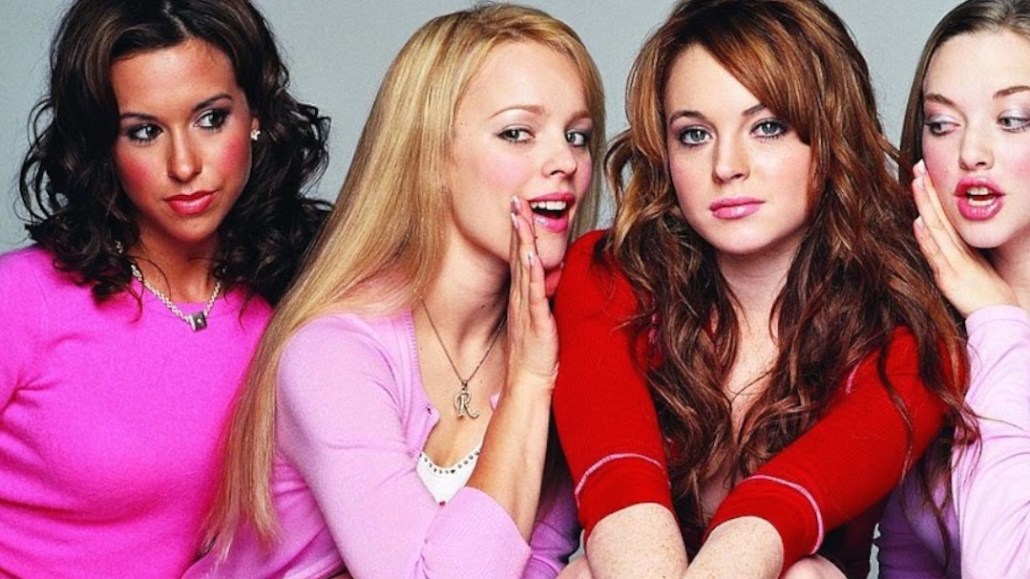Save 50% on a 3-month Digiday+ membership. Ends Dec 5.

This article is a WTF explainer, in which we break down media and marketing’s most confusing terms. More from the series →
There’s a new clique in town. Buzz has surrounded Instagram pods for the last few weeks, fueled in part by a recent Mashable article about how hard it is to join one. We break down what a pod is and what it means for brands.
So, what is it?
Essentially, pods are self-organized groups of 10 to 15 Instagrammers. They can be businesses, brands, influencers or just regular people — although they tend to mostly be influencers.
The way it works is that everyone in the group is in charge of improving the engagement on the other members’ posts. Each time a person posts, that person will share it with the group via a private direct message. Everyone in the pod will then engage with the post, liking and commenting on it. (There are many tips and tricks for this, including, “comments should be longer than four words because bots post short comments.”) The process repeats for all posts from the group. Everyone turns on post notifications for the rest of the pod members as well. As Natalie Franke, photographer and Instagram influencer, put it, “In nature, a pod is family of dolphins who live together in harmony and support one another.”
That’s cute.
Very cute. For Franke, who wrote about the phenomenon, the pods are changing online marketing. It also goes further: Pod groups have what are known as “boost groups” on Facebook as well. Boost groups are where members of the pod post their links for more engagement.
There are pods for everything: One pod, founded by Belle Brita’s Brita Marie Long, centers around the color pink, with members posting all about pink. There are pods about certain and specific types of beauty content, fashion content, decor and fitness.
Since I’ve been attacked for just liking back on IG, it’s an appropriate time to start a IG pod. Anyone want to join? 100% SUPPORTIVE GROUP!
— holly (@thekittyluxe) April 17, 2017
Cool, but why?
There are a few reasons. When Instagram turned on its algorithm about a year ago, it dealt a big blow to both Instagram stars and brands. Here’s what determines if you see something in your feed: the relationship between posters and users, timeliness and how likely it is that the photos are interesting to the users. So posts that have more engagement, comments — especially by other people the user trusts — will naturally do well. The pods essentially hack Instagram.
For brands working with influencers, they’re increasingly looking for more evidence of success as influencer marketing becomes more expensive. Brand marketers are also pushing hard on micro-influencers — using people with 100,000 followers or so to push messages — and are extra vigilant about spammy comments and fraudulent growth. In that atmosphere, pods are a way for influencers to grow their presence.
Ad position: web_incontent_pos1
For brands, that can be a bad thing. Pods in some ways skew the results: People commenting on influencer posts aren’t necessarily potential customers, just other influencers. Julianne Cronin, influencer marketing agency strategist, said as much: “My colleagues and I have conversations daily about how bloggers ‘juicing’ their numbers muddies the waters and makes it more difficult to tell what is real and what isn’t. Honestly, it isn’t good, no matter which way you slice it.”
Are pods sanctioned by Instagram?
It’s unclear. Instagram doesn’t expressly forbid this kind of homegrown, grassroots engagement farming. But for purists, it goes against the tenets of the platform because it essentially hacks it.
For others, it also is about making sure you’re posting good content, not finding ways to just juice numbers. Influencer firm Hashoff found in a recent report that Instagram remains the No. 1 platform for both influencers and brands, and marketers are increasingly becoming more careful about quality. “The number of followers has no relevance in this day and age, where followers and likes can be bought,” said influencer @AlishaMarie in the report. “Content should be king.”
More in Marketing

Ulta, Best Buy and Adidas dominate AI holiday shopping mentions
The brands that are seeing the biggest boost from this shift in consumer behavior are some of the biggest retailers.

U.K. retailer Boots leads brand efforts to invest in ad creative’s data layer
For media dollars to make an impact, brands need ad creative that actually hits. More CMOs are investing in pre- and post-flight measurement.

‘AI is permeating everything we do’: How Guitar Center developed 2 AI tools this year
This summer, the company launched a chatbot called Rig Advisor to help customers find the right instruments and products.
Ad position: web_bfu



